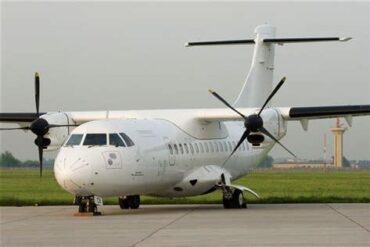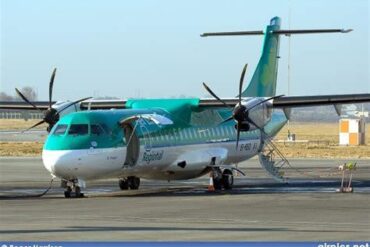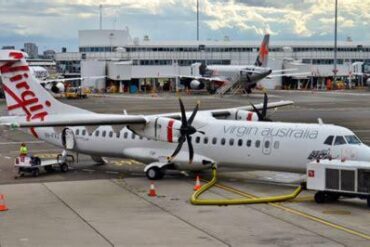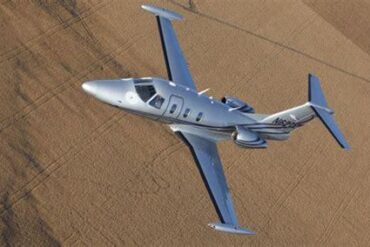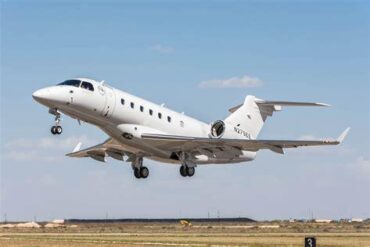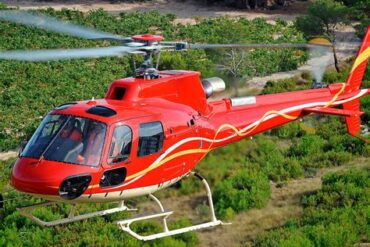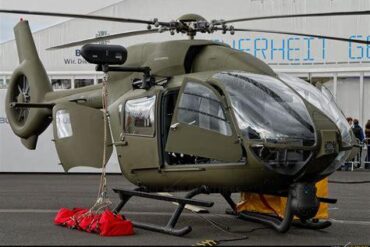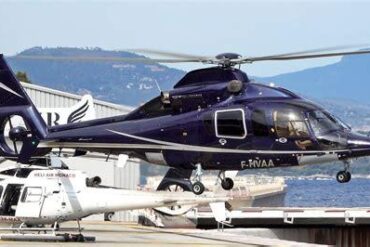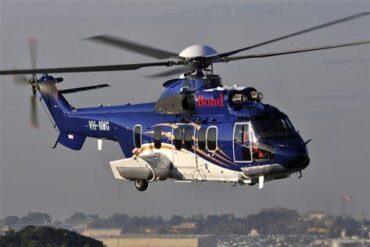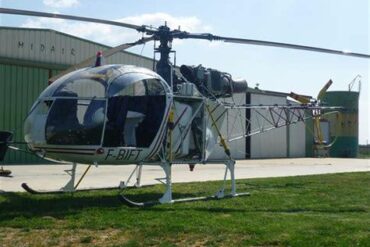The ATR 72-500 is a renowned regional aircraft, celebrated for its cost-effectiveness and reliability in short-haul operations. Airlines and operators around the globe often consider it due to its balance of operating costs and performance. Understanding the price and operating costs associated with the ATR 72-500 is essential for potential buyers, investors, and operators seeking to maximize their return on investment. In this detailed guide, we will explore the initial purchase price, ongoing operating expenses, and various factors influencing these costs.
Initial Purchase Price of the ATR 72-500
When considering the acquisition of an ATR 72-500, the initial purchase price is a significant factor. The cost of this aircraft varies based on several elements, including the year of manufacture, airframe hours, and overall condition.
-
New vs. Pre-Owned: A brand new ATR 72-500 typically costs between $22 million to $25 million. However, the availability of new units is limited, as production of this specific model has ceased, making pre-owned options more prevalent in the market.
-
Pre-Owned Market: The price of a pre-owned ATR 72-500 can range from $5 million to $10 million, depending on factors such as age, maintenance history, and any modifications made to the aircraft. Older models with higher airframe hours are generally priced lower but may require more significant investment in maintenance.
-
Leasing Options: For operators who prefer not to purchase outright, leasing is an alternative. Lease rates for the ATR 72-500 typically range from $80,000 to $150,000 per month, depending on the lease duration and aircraft condition.
Operating Costs Overview
The operating costs of the ATR 72-500 are a crucial consideration for airlines, as they directly impact the profitability of operations. These costs can be categorized into fixed and variable expenses, each contributing to the overall financial outlay.
Fixed Costs
Fixed costs remain constant regardless of the number of hours the aircraft operates. They include expenses related to insurance, crew salaries, hangar fees, and depreciation.
-
Insurance: Insurance premiums for the ATR 72-500 vary based on the operator’s safety record and geographic location. On average, annual insurance costs range from $150,000 to $250,000.
-
Crew Salaries: The salary of the flight crew is a significant portion of fixed costs. A typical ATR 72-500 requires a pilot, co-pilot, and cabin crew. The annual cost for crew salaries can range from $500,000 to $800,000.
-
Hangar Fees: Hangar storage fees are another fixed cost. These fees depend on the location and size of the facility. Operators can expect to pay between $50,000 to $100,000 per year for hangar space.
-
Depreciation: Depreciation is the reduction in value of the aircraft over time. For accounting purposes, the ATR 72-500 typically depreciates at a rate of 5-7% per year based on the initial purchase price.
Variable Costs
Variable costs fluctuate based on the number of flight hours and cycles. They include expenses such as fuel, maintenance, landing fees, and navigation charges.
-
Fuel Costs: Fuel is one of the largest variable expenses for the ATR 72-500. The aircraft consumes approximately 600 liters of fuel per hour, with fuel prices varying globally. At an average cost of $0.80 per liter, this translates to an hourly fuel expense of around $480.
-
Maintenance Costs: Maintenance expenses are critical for ensuring the safe operation of the ATR 72-500. These costs can be broken down into routine maintenance, engine overhauls, and unplanned repairs. On average, maintenance costs are $500 to $1,000 per flight hour.
-
Landing Fees: Landing fees are charged by airports based on the weight of the aircraft and the services provided. For the ATR 72-500, landing fees typically range from $200 to $500 per landing, depending on the airport.
-
Navigation Charges: Air traffic control and navigation services incur charges based on the flight route and airspace used. These costs can add up to $100 to $300 per flight hour.
Cost Per Available Seat Mile (CASM)
The Cost Per Available Seat Mile (CASM) is a key metric used by airlines to assess the cost-effectiveness of their operations. For the ATR 72-500, CASM is highly competitive, especially in short-haul routes where larger jets may be less efficient.
-
Fuel Efficiency: The ATR 72-500 is known for its fuel efficiency, which directly influences CASM. With a typical seating configuration of 68 to 74 passengers, the CASM for the ATR 72-500 ranges from $0.12 to $0.18 per seat mile.
-
Operational Flexibility: The ATR 72-500’s ability to operate from short and unpaved runways allows airlines to access underserved regional airports, potentially lowering operational costs and enhancing profitability.
Factors Influencing Operating Costs
Several factors can influence the operating costs of the ATR 72-500, some of which are within the operator’s control, while others are external.
Fleet Utilization
Fleet utilization refers to the number of hours the aircraft is in operation. Higher utilization generally leads to lower per-hour costs, as fixed expenses are spread across more flight hours. Operators that maintain a high utilization rate can achieve more favorable operating economics.
Maintenance Planning
Effective maintenance planning is critical to managing operating costs. Adhering to scheduled maintenance intervals and promptly addressing repairs can prevent costly unplanned downtime and extend the aircraft’s service life. Operators often use power-by-the-hour contracts to manage maintenance expenses more predictably.
Fuel Price Volatility
Fuel costs are subject to market fluctuations, making them a variable and sometimes unpredictable expense. Operators can hedge fuel purchases to mitigate the impact of price volatility, though this strategy requires careful financial planning.
Regulatory Compliance
Compliance with aviation regulations is mandatory, and changes in regulatory requirements can influence operating costs. For example, updates to noise and emission standards may necessitate retrofits or modifications, adding to operational expenses.
Comparing ATR 72-500 with Competing Aircraft
When evaluating the ATR 72-500, it is essential to consider how it stacks up against similar regional aircraft in terms of price and operating costs.
Bombardier Q400
The Bombardier Q400 is a direct competitor to the ATR 72-500, offering a similar seating capacity but with higher speed and slightly different operating characteristics. While the Q400 has a higher purchase price, its operating costs, particularly fuel consumption, are also higher, making the ATR 72-500 more attractive for certain operators focused on cost-efficiency.
Embraer E175
The Embraer E175 is another regional aircraft in the same category, though it is a jet rather than a turboprop. The E175 offers faster cruise speeds and shorter travel times but at the cost of higher fuel consumption and operating expenses. For short regional routes where fuel efficiency is paramount, the ATR 72-500 remains a more economical choice.
Conclusion
The ATR 72-500 continues to be a popular choice among regional airlines and operators due to its balance of acquisition costs and operating efficiency. While the initial purchase price may vary, particularly in the pre-owned market, the ATR 72-500 offers competitive operating costs that make it a viable option for short-haul and regional routes. By carefully considering the price, fixed, and variable costs, as well as factors such as fleet utilization and maintenance planning, operators can optimize the economic performance of the ATR 72-500 and achieve long-term profitability.



